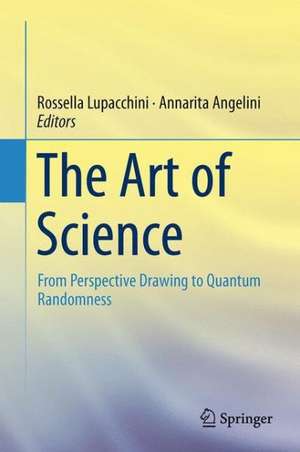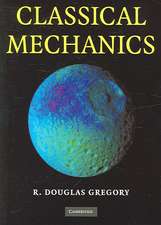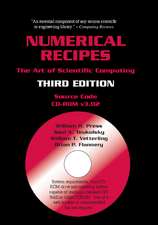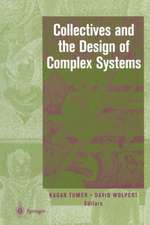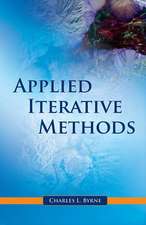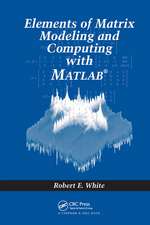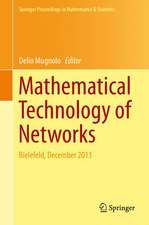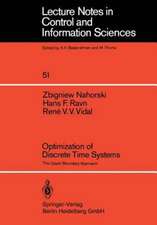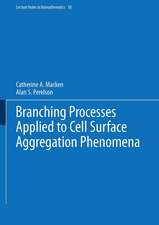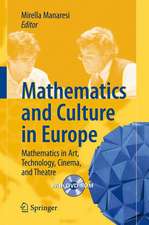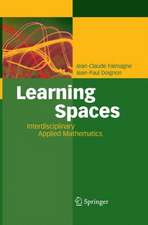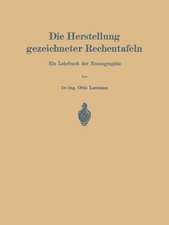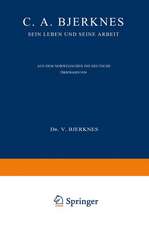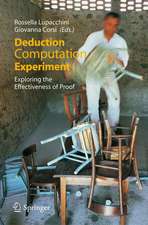The Art of Science: From Perspective Drawing to Quantum Randomness
Editat de Rossella Lupacchini, Annarita Angelinien Limba Engleză Hardback – 5 aug 2014
| Toate formatele și edițiile | Preț | Express |
|---|---|---|
| Paperback (1) | 363.67 lei 17-23 zile | +34.37 lei 7-11 zile |
| Springer International Publishing – 23 aug 2016 | 363.67 lei 17-23 zile | +34.37 lei 7-11 zile |
| Hardback (1) | 391.40 lei 6-8 săpt. | |
| Springer International Publishing – 5 aug 2014 | 391.40 lei 6-8 săpt. |
Preț: 391.40 lei
Nou
Puncte Express: 587
Preț estimativ în valută:
74.89€ • 78.20$ • 61.84£
74.89€ • 78.20$ • 61.84£
Carte tipărită la comandă
Livrare economică 15-29 aprilie
Preluare comenzi: 021 569.72.76
Specificații
ISBN-13: 9783319021102
ISBN-10: 3319021109
Pagini: 200
Ilustrații: XIII, 210 p. 74 illus., 21 illus. in color.
Dimensiuni: 155 x 235 x 17 mm
Greutate: 0.49 kg
Ediția:2014
Editura: Springer International Publishing
Colecția Springer
Locul publicării:Cham, Switzerland
ISBN-10: 3319021109
Pagini: 200
Ilustrații: XIII, 210 p. 74 illus., 21 illus. in color.
Dimensiuni: 155 x 235 x 17 mm
Greutate: 0.49 kg
Ediția:2014
Editura: Springer International Publishing
Colecția Springer
Locul publicării:Cham, Switzerland
Public țintă
ResearchCuprins
From Perspective Drawing to the Eighth Dimension.- Seeing Reality in Perspective: The “Art of Optics” and the “Science of Painting”.- The Role of Perspective in the Transformation of European Culture.- Visual Differential Geometry and Beltrami’s Hyperbolic Plane.- All Done by Mirrors: Symmetries, Quaternions, Spinors, and Clifford Algebras.- Artists & Gamblers on the Way to Quantum Physics.- Radices Sophisticae, Racines Imaginaires: The Origins of Complex Numbers in the Late Renaissance.- Random, Complex, and Quantum.
Textul de pe ultima copertă
Like linear perspective, complex numbers and probability are notable discoveries of the Renaissance. History has been quick to recognize the crucial impact of linear perspective on painting, but reluctant to acknowledge the importance of complex numbers and probability. Both were treated with a great deal of suspicion by the scientific establishment and overlooked for many years. It was only in the twentieth century, when quantum theory defined the notion of "complex probability amplitude", that complex numbers merged with probability and transformed the image of the physical world. From a theoretical point of view, however, the space opened to painting by linear perspective and the space opened to science by complex numbers are equally valuable and share significant characteristics. By exploring that common ground, The Art of Science will lead the reader to complement Leonardo’s vision of painting as a science and to see science as an art. Its aim is to restore a visual dimension to mathematical sciences – an element dulled, if not obscured, by historians, philosophers, and scientists themselves.
Caracteristici
Extends Leonardo's vision of painting as a science to "scientific representation" Restores a visual dimension to the mathematical sciences Highlights the shared characteristics of the space opened to painting by linear perspective and that opened to science by complex numbers
